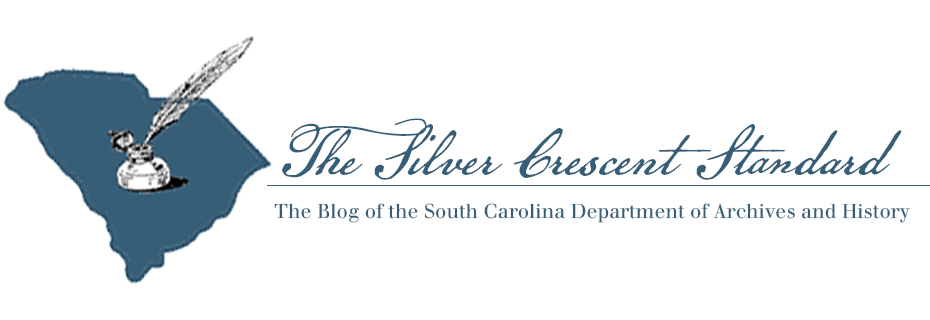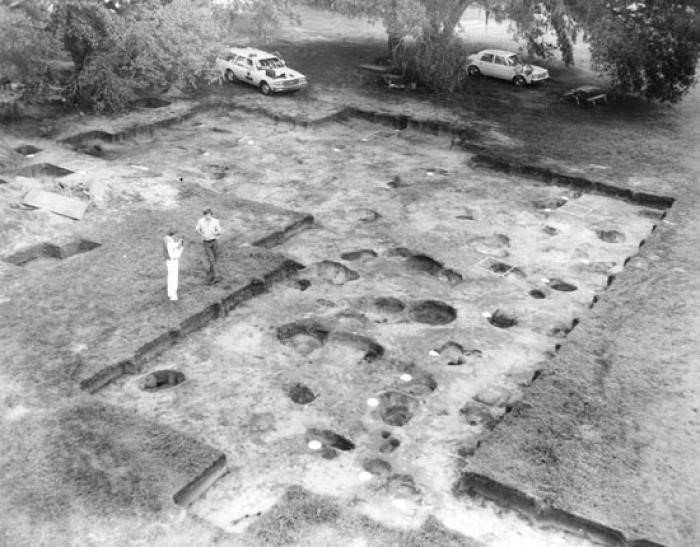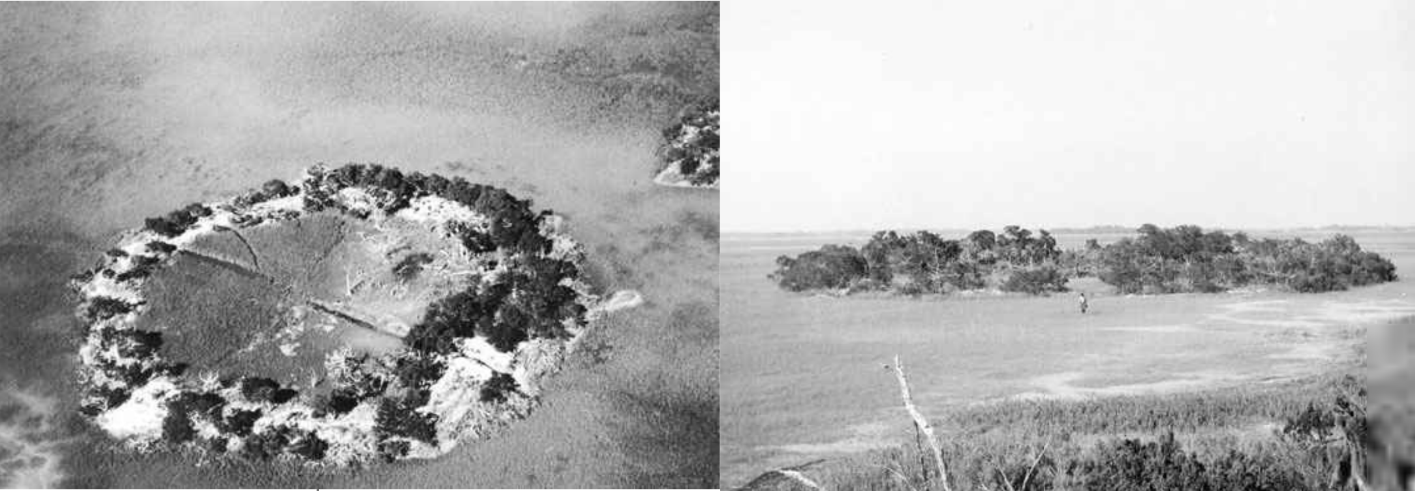
A Blog Post by Keely Lewis
October is Archaeology Month in South Carolina! Throughout the month, the archaeological community of South Carolina will be hosting programs and events that highlight the prehistoric and historic past of our state. One of the goals of Archaeology Month is to educate the public about what they can do to help protect, preserve, and study the state’s archaeological resources.
As part of the celebration, we are highlighting archaeological sites in the state that have been recognized as National Historic Landmarks (NHLs), sites determined by the Secretary of the Interior to be nationally significant in American history and culture. There are nearly 2,600 NHLs recognized across the United States and territories, including 76 in South Carolina. Several of the NHLs in South Carolina have been recognized for their archaeological significance.

The Charlesfort-Santa Elena site in Beaufort County includes the archaeological remains of three 16th-century forts and has been recognized as one of the most important colonial historical sites in South Carolina. In 1562, the French settlement of Charles Forte was constructed here and abandoned the following year. In 1566, Santa Elena, the first capital of Spanish Florida was founded on the site of Charles Forte and Fort San Felipe was built on top of the previous French fort. The fort and town were abandoned in 1576 but the Spanish returned in 1577 to construct Fort San Marcos nearby the same location. The archaeological footprint of these occupations was discovered to be remarkably intact and has provided invaluable research into the first French and Spanish attempts at settlement in South Carolina. The site was listed in the National Register of Historic Places in 1974 and certified as a National Historic Landmark in 1974.

The Fig Island site in Charleston County has been described as one of the most complex shell-ring sites in the United States. The site consists of one complete shell ring and the remnants of two smaller ringlets that are over 4,000 years old. The shell mounds are over 13 feet in height and were built up over time with abundant shells from oysters and other mollusks in addition to animal bone, fish bone, and ceramic sherds. The ceramics recovered from the site are examples of some of the earliest pottery made by Native Americans in North America. Research into how Native Americans used the site and constructed the rings is ongoing but could provide unprecedented insight into how the early residents of South Carolina interacted with the coastal environment and survived off of its resources. The site was listed in the National Register of Historic Places in 1970 and certified as a National Historic Landmark in 2007.
To learn more about these sites and other archaeological sites in South Carolina that have been recognized for their local, state and national significance, see the South Carolina Historic Properties Records.
Each year a topical poster is created for Archaeology Month that highlights current archaeological research happening in the Palmetto state. This year’s theme is entitled, “Celebrating the 50th Anniversary of the Archaeological Society of South Carolina.” Funding for the Archaeology Month poster is supported by Federal Historic Preservation Grants administered by the State Historic Preservation Office. Visit the South Carolina Department of Archives and History or the South Carolina Institute of Archaeology and Anthropology (SCIAA) for a free Archaeology Month poster. More information about Archaeology Month 2018 and events and programs happening throughout the state is available on the SCIAA website.
